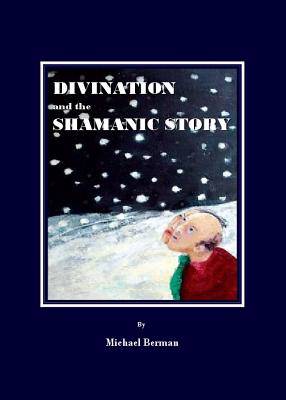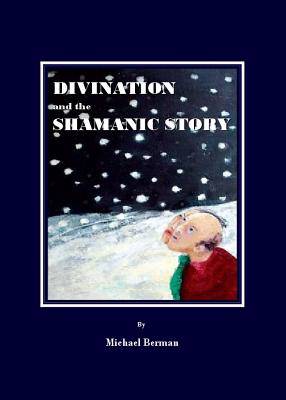
- Afhalen na 1 uur in een winkel met voorraad
- Gratis thuislevering in België vanaf € 30
- Ruim aanbod met 7 miljoen producten
- Afhalen na 1 uur in een winkel met voorraad
- Gratis thuislevering in België vanaf € 30
- Ruim aanbod met 7 miljoen producten
Zoeken
Omschrijving
Stories have traditionally been classified as epics, myths, sagas, legends, folk tales, fairy tales, parables or fables. However, the definitions of the terms have a tendency to overlap, making it difficult to classify and categorize material. For this reason, a case can be made for the introduction of a new genre, termed the shamanic story - a story that has either been based on or inspired by a shamanic journey (a numinous experience in non-ordinary reality) or one that contains a number of the elements typical of such a journey. Other characteristics include the way in which the stories all tend to contain embedded texts (often the account of the shamanic journey itself), how the number of actors is clearly limited as one would expect in subjective accounts of what can be regarded as inner journeys, and how the stories tend to be used for healing purposes. Within this new genre, it is proposed that there exists a sub-genre - shamanic stories that deal specifically with divination, and examples are presented and analysed to support this hypothesis. By means of textual analysis it can be shown they all share certain attributes in common, the identification of which forms the conclusion of the work.
Specificaties
Betrokkenen
- Auteur(s):
- Uitgeverij:
Inhoud
- Aantal bladzijden:
- 230
- Taal:
- Engels
Eigenschappen
- Productcode (EAN):
- 9781847184672
- Verschijningsdatum:
- 1/03/2008
- Uitvoering:
- Hardcover
- Formaat:
- Genaaid
- Gewicht:
- 311 g

Alleen bij Standaard Boekhandel
+ 172 punten op je klantenkaart van Standaard Boekhandel
Beoordelingen
We publiceren alleen reviews die voldoen aan de voorwaarden voor reviews. Bekijk onze voorwaarden voor reviews.











